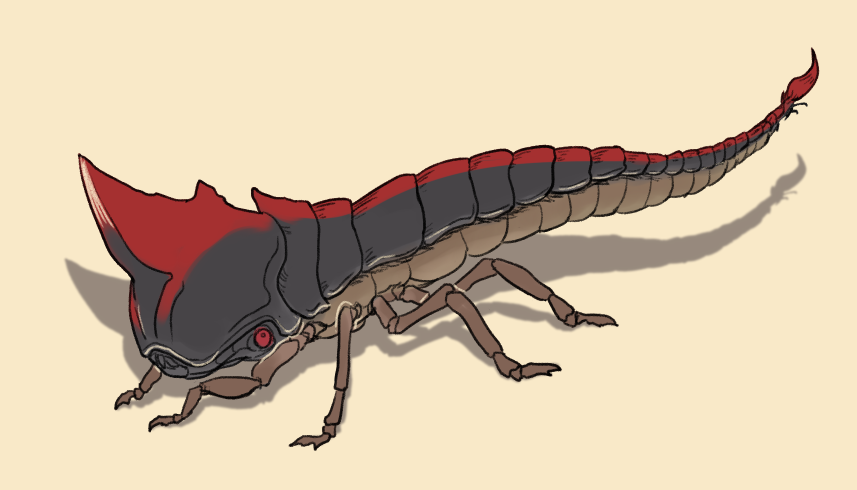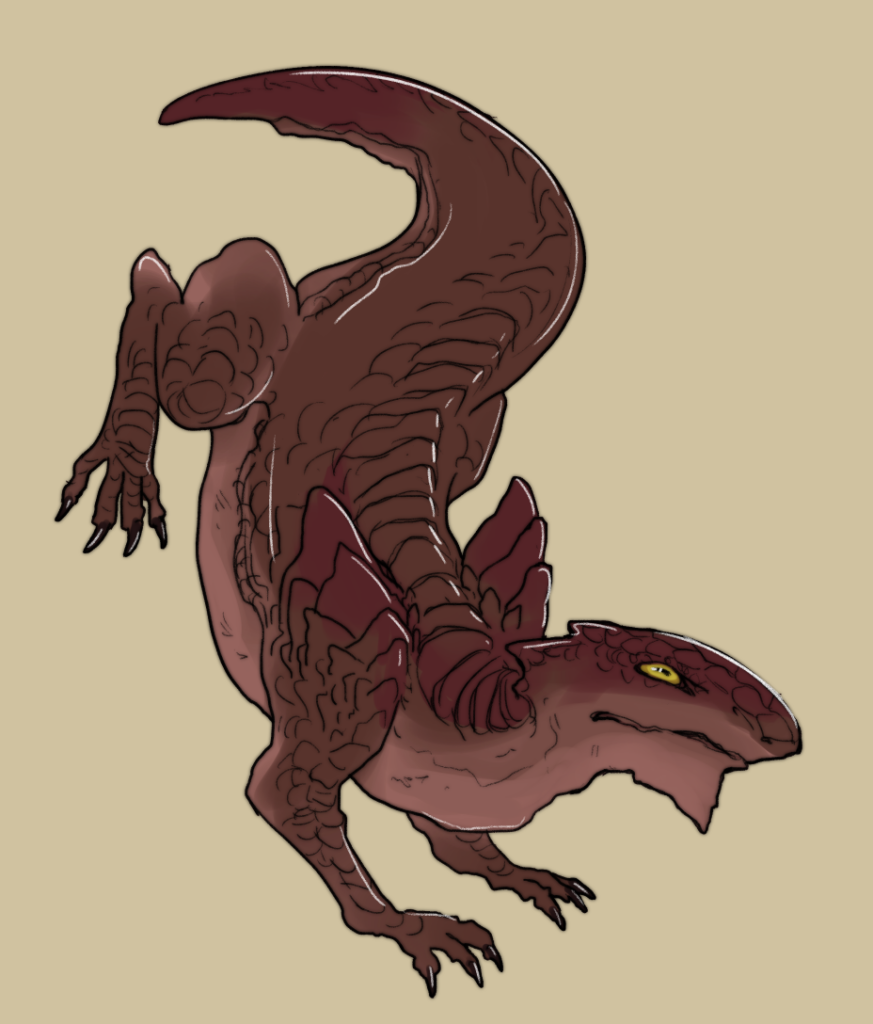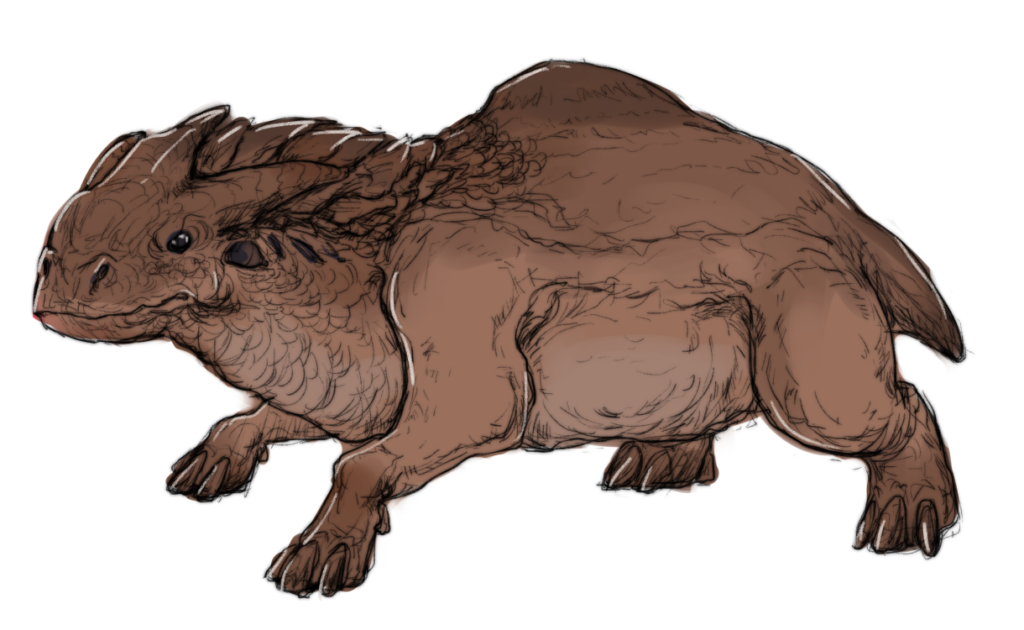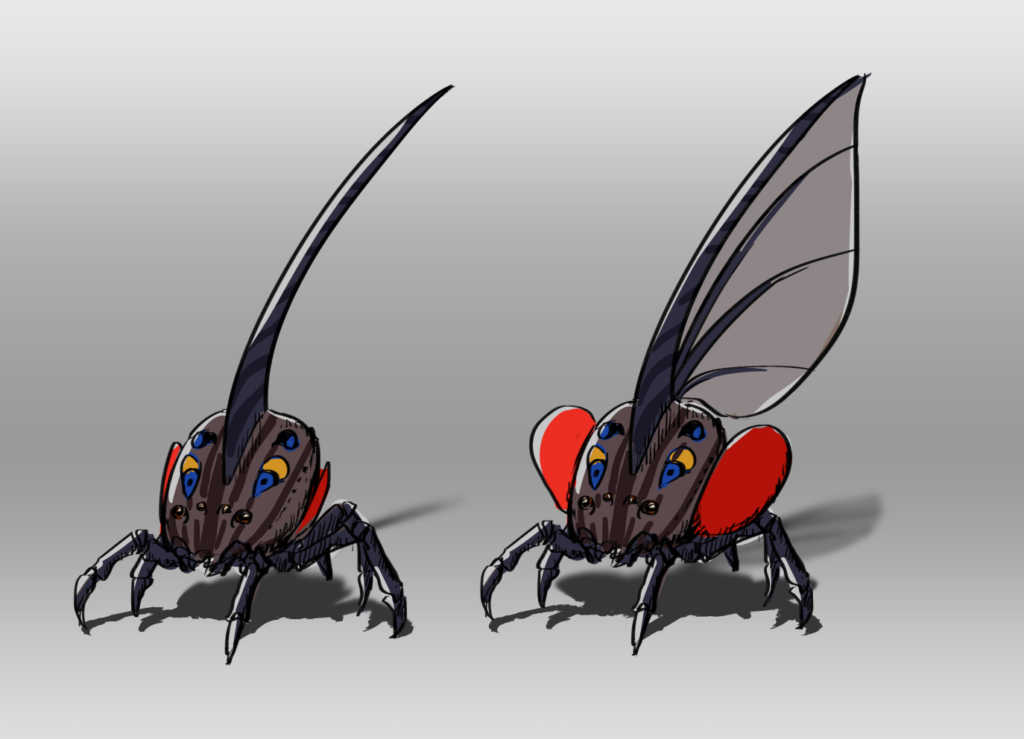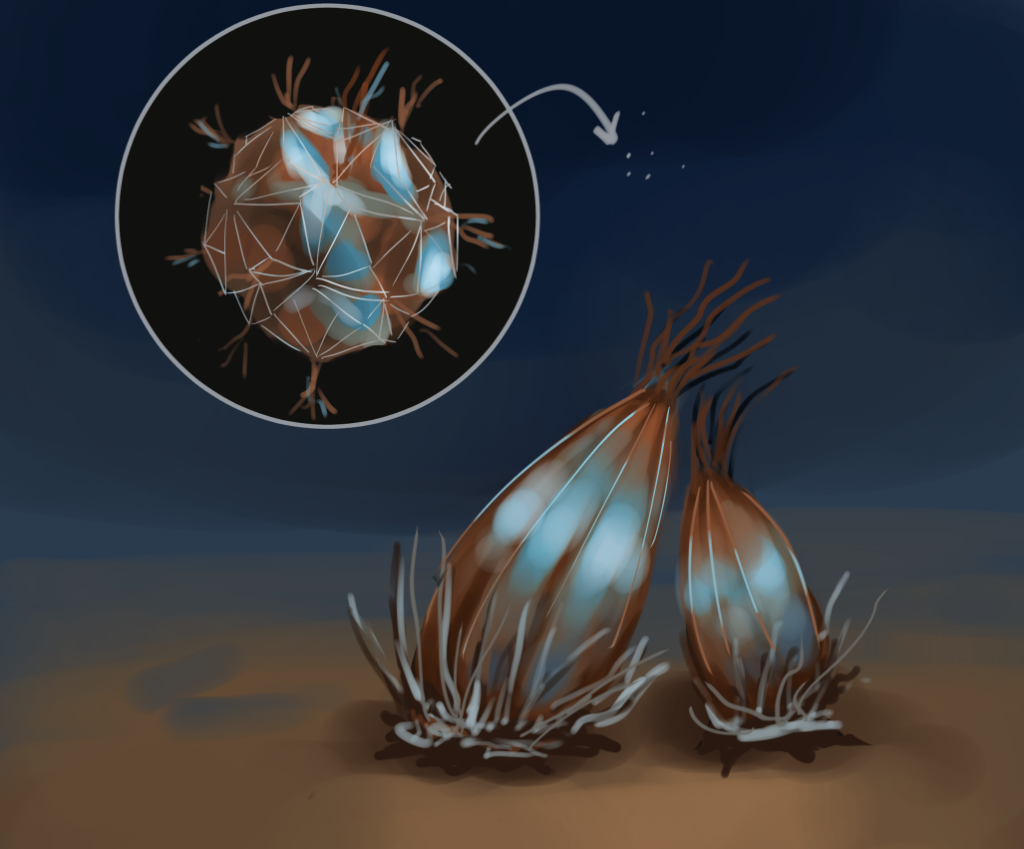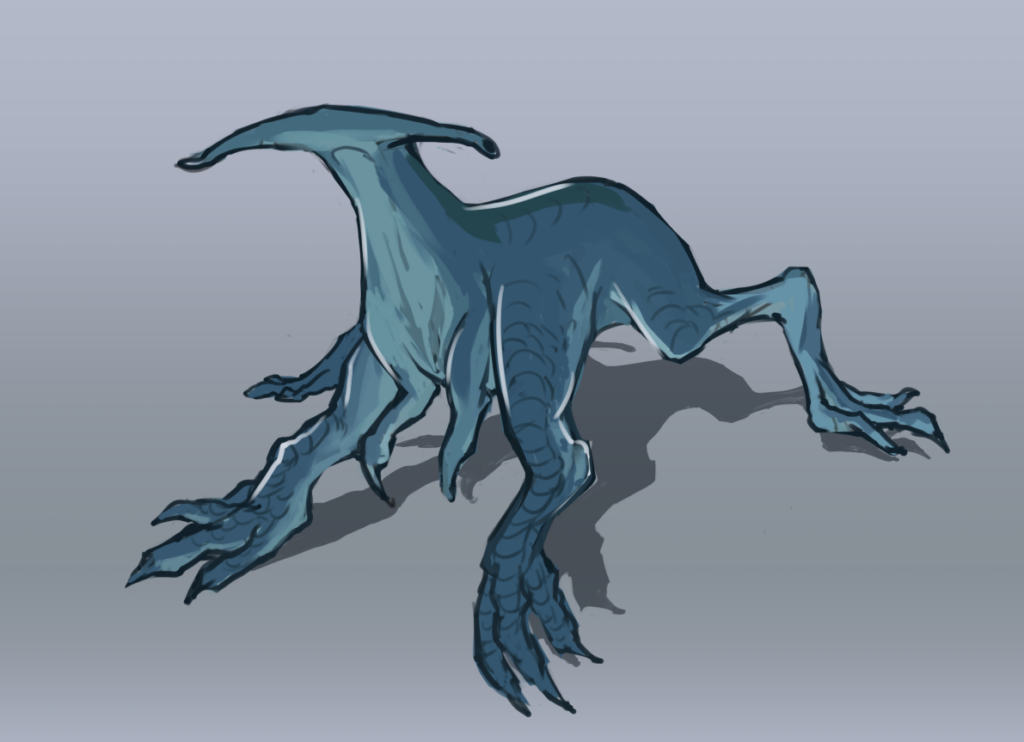KHEPRI-1B
CATEGORY [ XENOBIOLOGY ]
ARTICLE ARCHIVED FROM [ MARIAH BERGGREN ]
ARTICLE NOTES:
[ The kernel barnacle, so named for its resemblance to Earth barnacles and a vague similarity to the shape and size of sunflower kernels, are an order of false barnacles that are native to the deep oceans of Khepri-1b. Similar to Earth barnacles, they are typically sessile as adults and are predominantly filter feeders, though motile juveniles have been observed to actively prey on tiny organisms. Unlike Earth barnacles, they are only found attached to rocks and debris around deep-sea hydrothermal vents on Khepri-1b. Their shells are composed of chitin, iron compounds, and silica, the latter of which creates an opalescent effect under shifting lights.]
